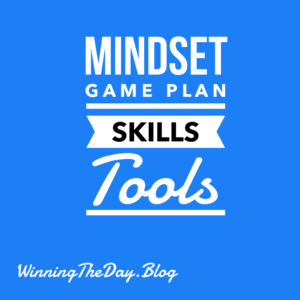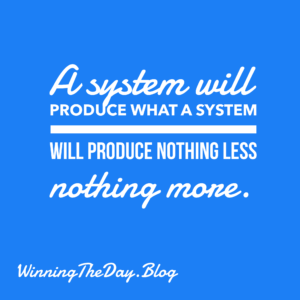As a real estate professional, are you truly focused on achieving specific outcomes? Or are you simply going through the motions? In a competitive market, being outcome-focused is crucial for success.
“The secret of getting ahead is getting started.” – Mark Twain
Productivity isn’t just about being busy; it’s about achieving meaningful results. Today’s clients expect to work with full-time professionals, and top producers thrive in environments of high performance.
To achieve consistent results in real estate, focus on these four essential factors:
-
Mindset: The Foundation of Success: A positive, growth-oriented mindset is the cornerstone of any successful endeavor. Without it, even the best strategies will fall flat. A strong mindset allows you to:
- Embrace challenges as opportunities for growth.
- Maintain focus and motivation during difficult times.
- Believe in your ability to achieve your goals.
-
Strategic Game Plan: Your Roadmap to Results: A well-defined game plan provides a clear path to your desired outcomes. It’s not about rigid adherence to a plan (as Dwight Eisenhower wisely noted, “No plan ever survives first contact with the enemy”), but about having a flexible framework that guides your actions. A good game plan includes:
- Specific, measurable, achievable, relevant, and time-bound (SMART) goals.
- Actionable steps to achieve those goals.
- Regular review and adjustment based on results.
-
Essential Skills: Mastering the Art of Influence: Effective communication and persuasion skills are essential for connecting with clients and closing deals. One of the most critical skills is understanding why people buy. By understanding their motivations and needs, you can tailor your approach and provide greater value.
-
Productivity Tools: Working Smarter, Not Harder: In today’s digital age, leveraging the right tools is crucial for maximizing efficiency and productivity. This includes:
- CRM systems for managing leads and client relationships.
- Marketing automation tools for streamlining marketing efforts.
- Transaction management systems for simplifying the closing process.
Bonus: The Power of Collaboration and Accountability:
While the four factors above are essential, collaboration and accountability can significantly amplify your results. Teaming up with other professionals can provide valuable support, expertise, and shared resources. Similarly, joining an accountability group or working with a coach can help you stay focused, motivated, and on track toward your goals.
“Don’t count the days. Make the days count.” – Muhammad Ali
By focusing on these four factors—mindset, game plan, skills, and tools—and embracing collaboration and accountability, you can become a truly outcome-focused real estate professional and achieve the success you deserve. And that is how we win the day!






